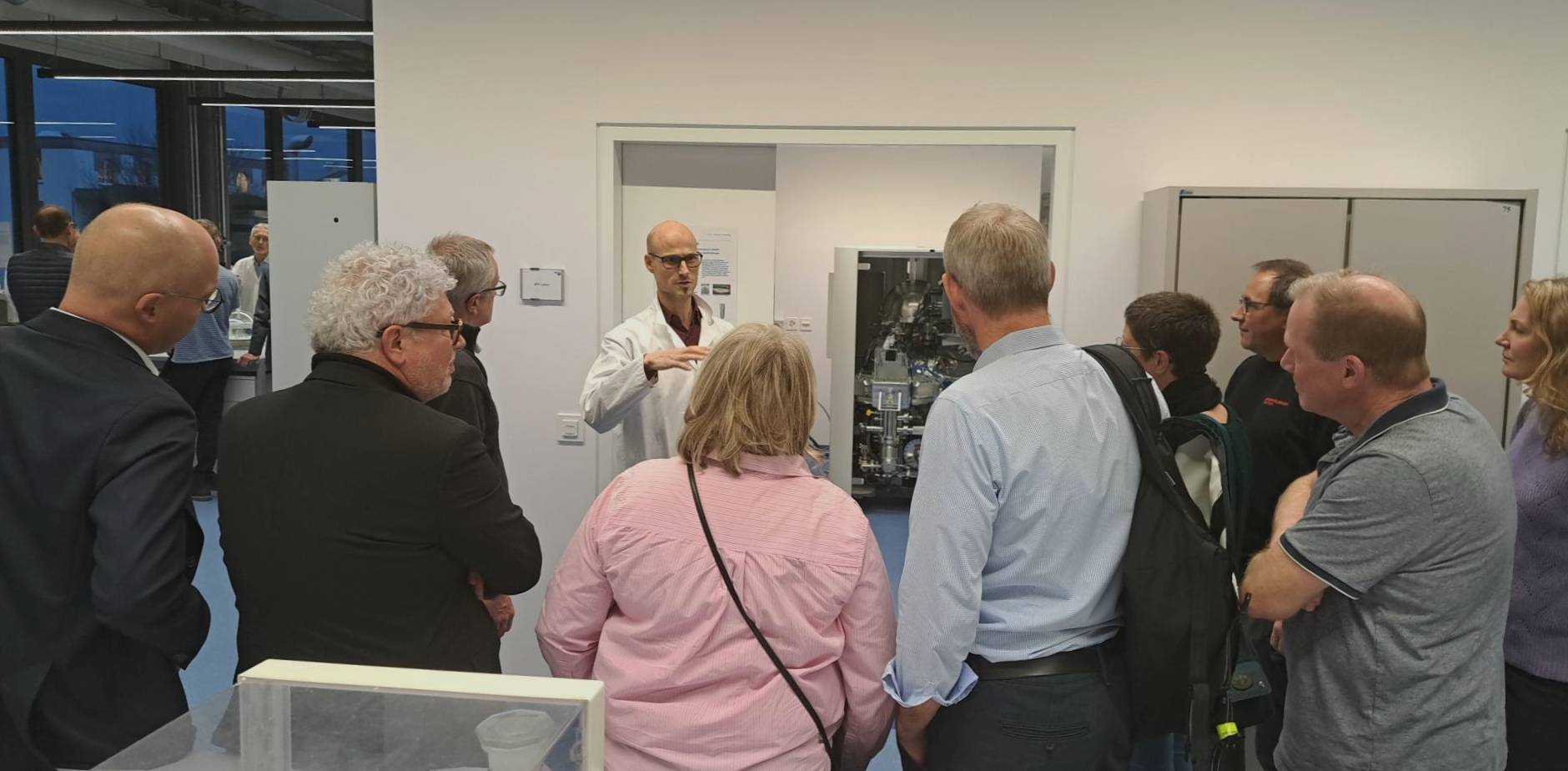RMS Foundation
Robert Mathys-Strasse 1
2544 Bettlach
Switzerland
Phone +41 32 644 2000
Determining the contact angle on a sample allows a quick characterization of the surface: Is the surface hydrophilic or hydrophobic? Is the sample contaminated? Did the coating process work?
Our contact angle measuring device allows both static contact angle measurement (determination of the angle of a static droplet on a surface) and dynamic contact angle measurement, in which the droplet volume is increased or decreased and thus the advancing or receding contact angle is determined. This ensures increased reliability, e.g. with rough or inhomogeneous samples.
The surface energy of the sample can be determined by measuring with different test liquids (typically water, ethylene glycol and/or methylene iodide).
Whenever possible, we carry out our testing services in accordance with or based on these international standards:
We use contact angle measurement for the following analyses, among others:
The method offers the following options, among others:
Ideally, samples should be as flat and homogeneous as possible with dimensions (L×W×H) of up to 20×20×6 cm; larger samples can also be analyzed under certain circumstances.
Yes, the test methods according to ISO 19403-1, 3 and 6 are validated by us and accredited according to ISO/IEC 17025.
Since 1995, the services of our materials testing laboratory have been accredited according to ISO/IEC 17025. Our QM system is ISO 9001 certified.
Here you will find our latest blog posts.

RMS Foundation
Robert Mathys-Strasse 1
2544 Bettlach
Switzerland
Phone +41 32 644 2000
E-Mail
The RMS Foundation will be closed from 24 December 2025 through 2 January 2026. We will be pleased to assist you again from Monday, 5 January 2026.
Subscribe to our Info-letter, and we will inform you about 10 times a year about current developments in the fields of material testing, research, and knowledge transfer.